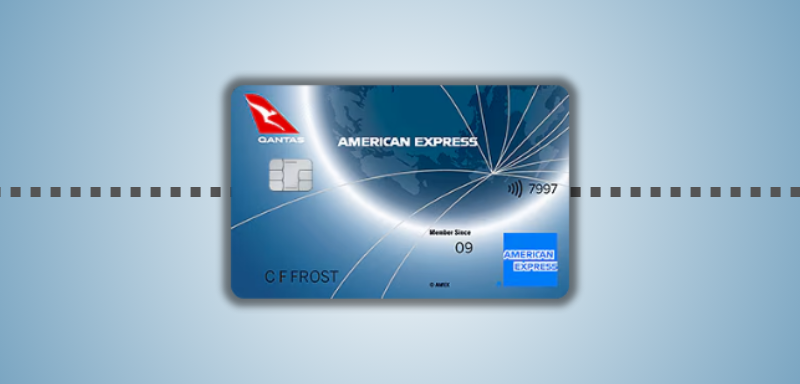Women Finance
Crafting Your Own Benefits Package: A Self-Employed Individual’s Guide
Advertisement
Transitioning to self-employment brings freedom and flexibility, but it also means leaving behind the security of an employer-provided benefits package. This comprehensive guide is designed to help you navigate the complexities of assembling a benefits package that suits your self-employed lifestyle.
Understanding Your Current Benefits
Before diving into the world of self-managed benefits, it’s crucial to understand what you’re leaving behind. Schedule a meeting with your current employer’s HR department to discuss the status of your benefits post-employment. Key points to cover include the end date of your medical insurance, COBRA coverage costs, handling of unused paid time off, portability of life insurance policies, pension details, and retirement savings plan contacts.
Prioritizing Your Benefits
List all the benefits you need to replace and rank them in order of importance. This step is vital in creating a focused and effective benefits strategy. Consider major benefits like health insurance, life insurance, and retirement savings, and don’t overlook additional perks like long-term care, pet, or disability insurance.
Budgeting for Your Benefits
As a self-employed individual, the financial responsibility for benefits lies entirely with you. Review your budget and income to determine how much you can allocate to your benefits. Set a sustainable monthly limit to ensure you’re covered even during lean business periods.
Health Insurance Options
Explore various health insurance options, starting with the Healthcare Marketplace. Assess different plans and consider eligibility for subsidies. If marketplace plans don’t meet your needs, investigate alternatives like Health Care Sharing Ministries, keeping in mind their limitations and requirements.
Retirement Planning
Choosing the right retirement plan is crucial. Familiarize yourself with options like Solo 401k, Traditional or Roth IRA, and SEP-IRA. Each has unique benefits and limitations, so consider your long-term financial goals and current income levels when making a decision.
Planning for Paid Time Off (PTO)
In self-employment, no work often means no pay. Set aside a portion of your income to cover sick days and vacations. This financial cushion allows you to take necessary breaks without financial stress.
Reducing Costs
Investigate ways to save on essential expenses like dental care, vision care, child care, and prescription drugs. Every dollar saved can be redirected towards your benefits package.
Self-Insurance Considerations
If you have a robust financial safety net, self-insuring might be an option. This means covering all potential expenses out-of-pocket instead of paying for insurance. It’s a significant risk, so weigh the pros and cons carefully.
Maximizing Tax Deductions
Health insurance premiums and retirement savings contributions often qualify for tax deductions. Consult with a financial professional to understand how you can maximize these benefits for your business.
Conclusion
Building a benefits package as a self-employed individual requires careful planning and informed decision-making. By understanding your needs, budgeting effectively, and exploring all available options, you can create a package that provides security and peace of mind.
Trending Topics
Expert Insights into Debt Consolidation: A Comprehensive Guide for Smart Financial Management
Keep Reading

Qantas American Express Discovery Card Review: No Annual Fee
Fly high with the Qantas American Express Discovery Card. Learn about its no annual fee, rewards, and travel perks in our detailed review.
Keep Reading
Discover Personal Loan Review: From $2,500 to $40,000 with clear terms
Looking to consolidate debt? Discover Personal Loan offers clear terms, fixed payments, and next-day funding.
Keep ReadingYou may also like

Bank of Melbourne No Annual Fee Credit Card Review
Get more from your credit card without the extra cost. The Bank of Melbourne No Annual Fee Credit Card is for budget-conscious users.
Keep Reading
Credit One Bank Secured Card Review: A Smart Path to Building Credit
Explore the benefits of the Credit One Secured Credit Card — from cash back rewards to monthly reporting that supports credit health.
Keep Reading